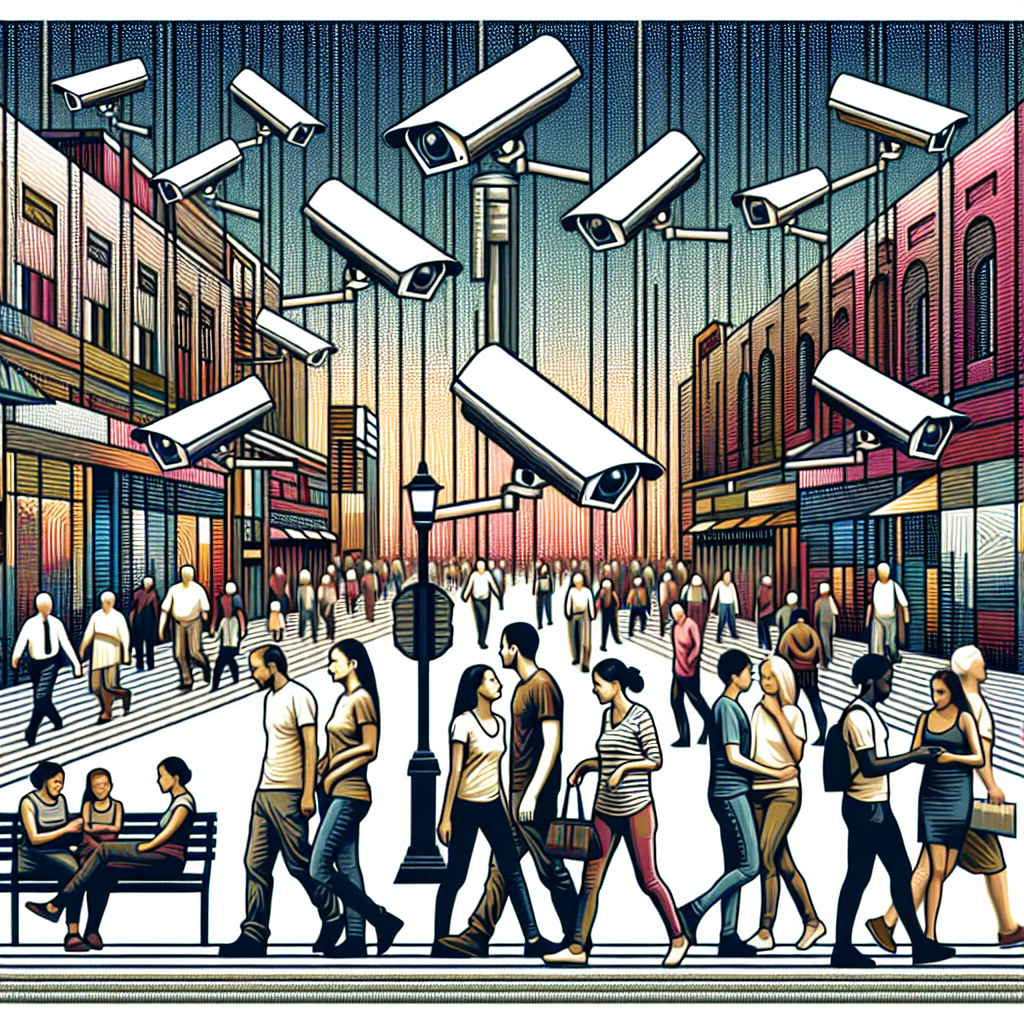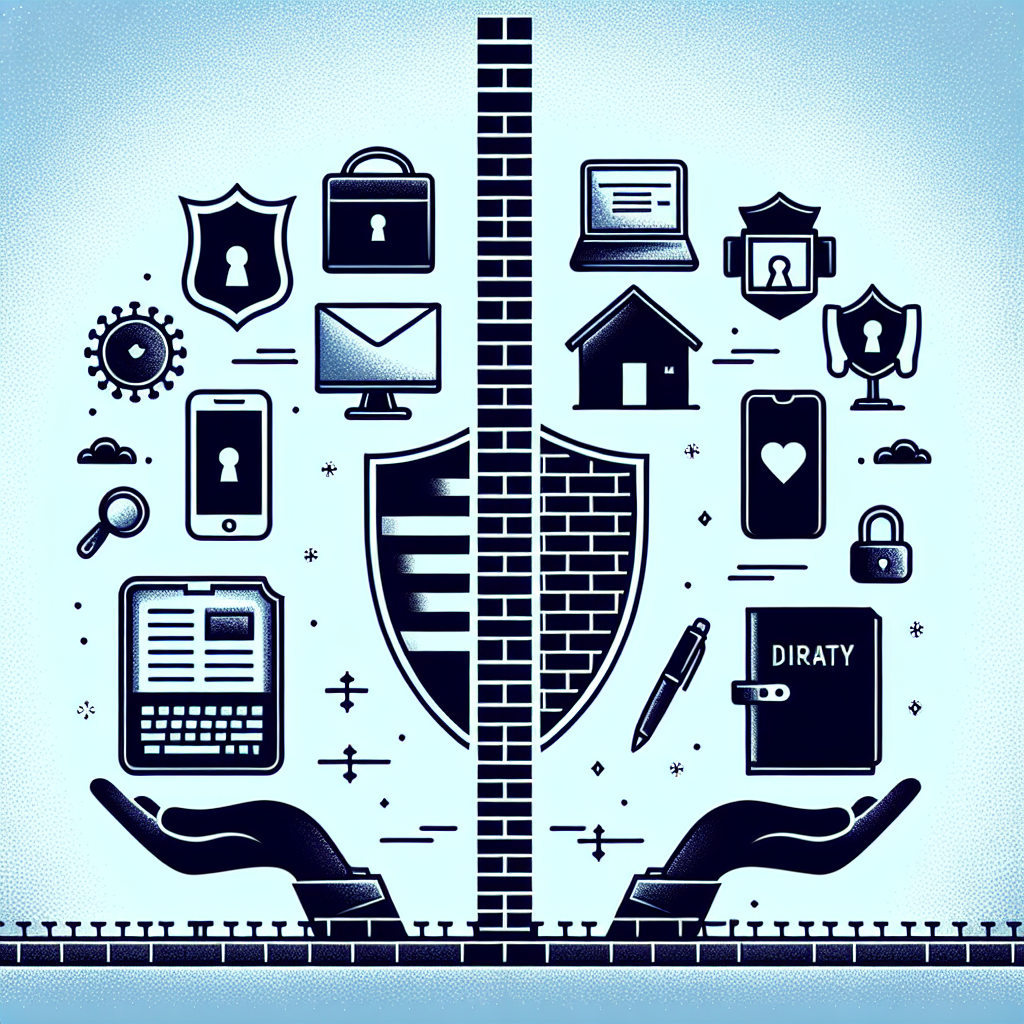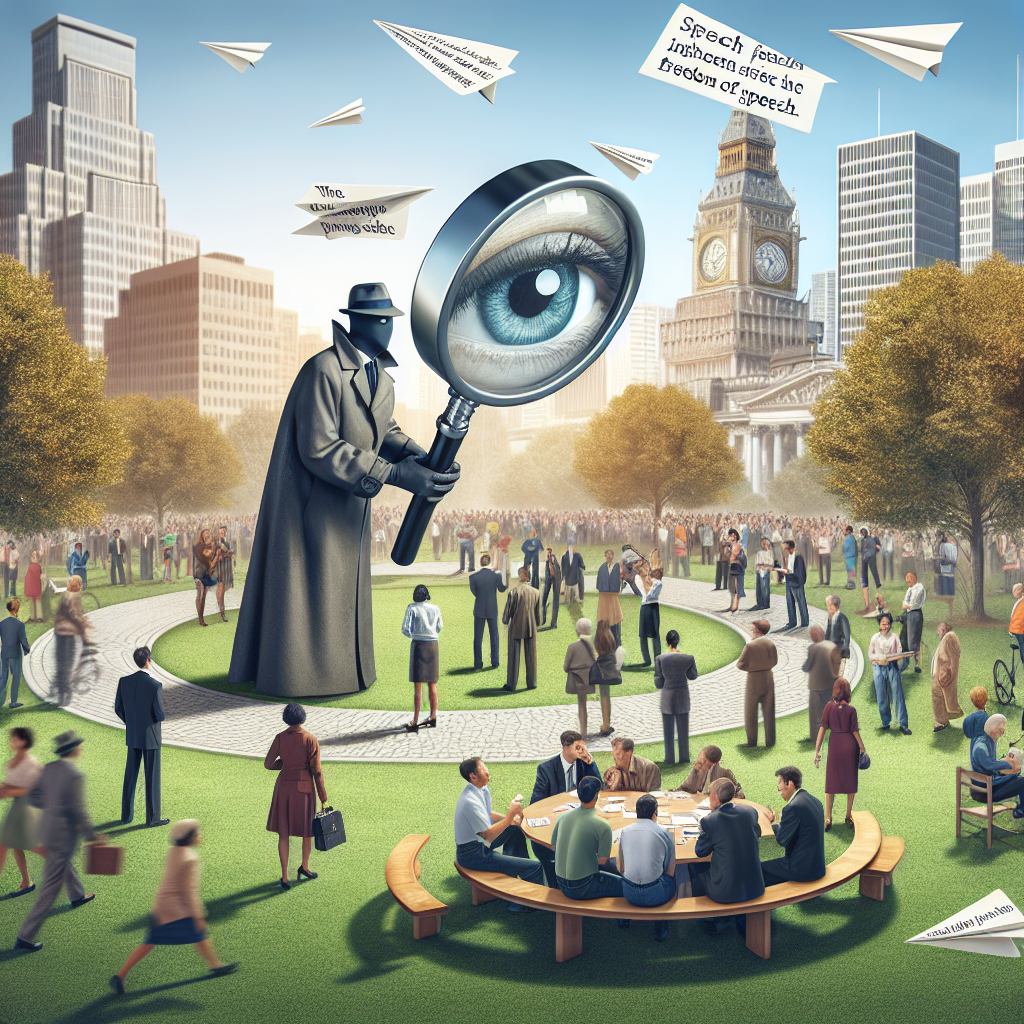Government Surveillance: A Deep Dive
Surveillance by the state has evolved dramatically over time, transitioning from rudimentary practices to sophisticated techniques facilitated by advanced technology. Understanding the various government surveillance tactics is essential to grasp the implications for personal privacy, civil liberties, and national security.
Historical Context
The roots of government surveillance can be traced back to ancient civilizations. In the Roman Empire, for instance, informants and spies gathered information about potential threats to the state. As societies progressed, the methods of surveillance became more organized and systematic. The advent of the Cold War marked a pivotal moment, where intelligence gathering became crucial for national security, leading to the establishment of agencies dedicated to this task.
Types of Surveillance
-
Physical Surveillance
This traditional form includes the use of human operatives who monitor suspects. Techniques range from following individuals to the installation of hidden cameras. Physical surveillance often requires warrants and oversight to ensure compliance with legal standards. -
Electronic Surveillance
Advancements in technology have expanded the realm of electronic surveillance. This category includes wiretapping, email interception, and data mining of communications. The USA PATRIOT Act significantly broadened the authorities for electronic surveillance in the wake of 9/11, facilitating access to a broader range of personal data under the guise of national security. -
Internet Surveillance
With the rise of the digital age, governments have increasingly turned to monitor online activities. Agencies employ a combination of methods, including monitoring social media platforms, analyzing search engine data, and utilizing cookies to track user behavior. Algorithms are deployed to assess and flag suspicious activities, often determining an individual’s potential intent. -
CCTV and Video Surveillance
Closed-circuit television (CCTV) systems are ubiquitous in urban environments. Governments utilize these networks not only for crime prevention but also for monitoring public gatherings and protests. The rise of facial recognition technology has made it possible for authorities to identify individuals in real-time, raising significant concerns about privacy and civil liberties. -
Drones
Drones are being increasingly used for surveillance purposes. These unmanned aerial vehicles can gather data from remote locations, monitor large crowds, or track specific individuals covertly. While they offer significant monitoring capabilities, their use often raises ethical questions regarding privacy. -
Data Collection Agencies
Government agencies often partner with private companies to aggregate data illegally. This may include purchasing data from social media companies or acquiring data from mobile apps. Such collaborations raise essential questions about consent, privacy, and transparency.
Legal Framework
Understanding the legal frameworks surrounding government surveillance is vital for comprehending its limitations and implications. In the United States, the Fourth Amendment protects against unreasonable searches and seizures. However, the government employs various exceptions that allow for surveillance without a warrant, particularly in the interests of national security.
-
FISA (Foreign Intelligence Surveillance Act)
This law enables the government to conduct surveillance on foreign entities and individuals without a traditional warrant. The FISA Court, a secret court, is designed to oversee these requests, raising concerns about transparency and accountability. -
The Patriot Act
Enacted after 9/11, this act expanded government surveillance capabilities, including increased authority for wiretapping and monitoring of communication. Critics argue that it undermines privacy rights, allowing the state to surveil individuals often without sufficient oversight. -
State Secrecy
The principle of state secrets can be invoked to keep specific surveillance practices secret from the public, limiting accountability. This has implications for legal redress and oversight, as courts may be hesitant to challenge government actions labeled as state secrets.
The Role of Technology
The integration of advanced technologies has revolutionized government surveillance:
-
Artificial Intelligence (AI): AI plays a critical role in processing large volumes of data collected through surveillance. Machine learning algorithms can identify patterns and anomalies, enabling authorities to predict potential criminal activity.
-
Biometric Technologies: These include fingerprint recognition, facial recognition, and iris scanning technologies, used extensively in various contexts—from entry to government buildings to law enforcement operations. The deployment of biometric tools has provoked debates regarding consent and erosions of privacy.
-
Internet of Things (IoT): Everyday devices connected to the internet—such as smart speakers and home security cameras—represent new surveillance challenges. Data from these devices can be accessed and used without individuals’ consent, raising ethical concerns about surveillance in private spaces.
The Debate on Privacy vs. Security
The balance between national security and individual privacy remains a contentious issue. Proponents of surveillance argue that it is essential for preventing terrorism and protecting citizens. However, civil liberties advocates warn of the risks of overreach and the chilling effect on free expression and assembly.
-
Case Studies: Instances such as the Edward Snowden revelations in 2013 highlight the extent of government surveillance practices, resulting in global debates about privacy and ethical implications.
-
Public Opinion: Surveys indicate that public sentiment regarding government surveillance is mixed, with many citizens willing to trade a degree of privacy for enhanced security. However, rising awareness has also led to calls for greater transparency and stronger legal protections.
Future Trends
As technology continues to evolve, government surveillance tactics are likely to advance. Potential future trends include:
-
Greater Integration of AI: Enhanced predictive policing techniques could be developed, raising concerns about racial profiling and discrimination.
-
Global Surveillance Networks: Increasing collaboration between countries may lead to more extensive surveillance programs, compelling governments to address global standards for privacy and human rights.
-
Legislative Changes: Ongoing public scrutiny could drive reforms in legislation governing surveillance, leading to more defined boundaries and protections for individuals.
-
Enhanced Encryption: As governments deploy more surveillance tools, the need for robust encryption technologies becomes paramount among citizens and activists advocating for privacy rights.
Conclusion
An understanding of government surveillance tactics, their legal implications, and the underlying technological advances shapes the ongoing dialogue about privacy and state power. As society navigates the complexities of security and individual rights, it remains imperative to advocate for transparency, accountability, and ethical standards in surveillance practices.













Leave a Reply